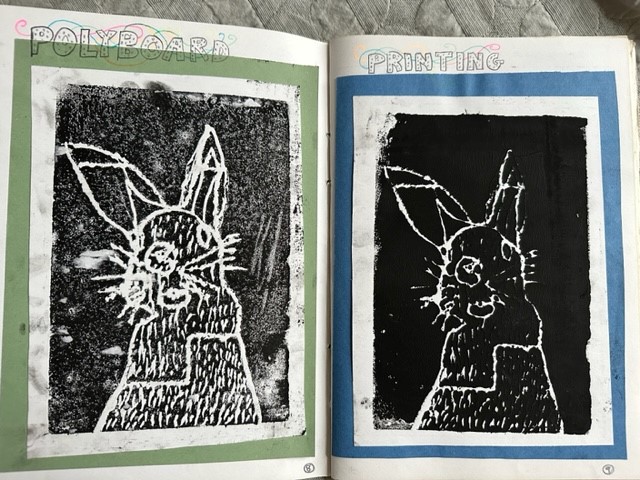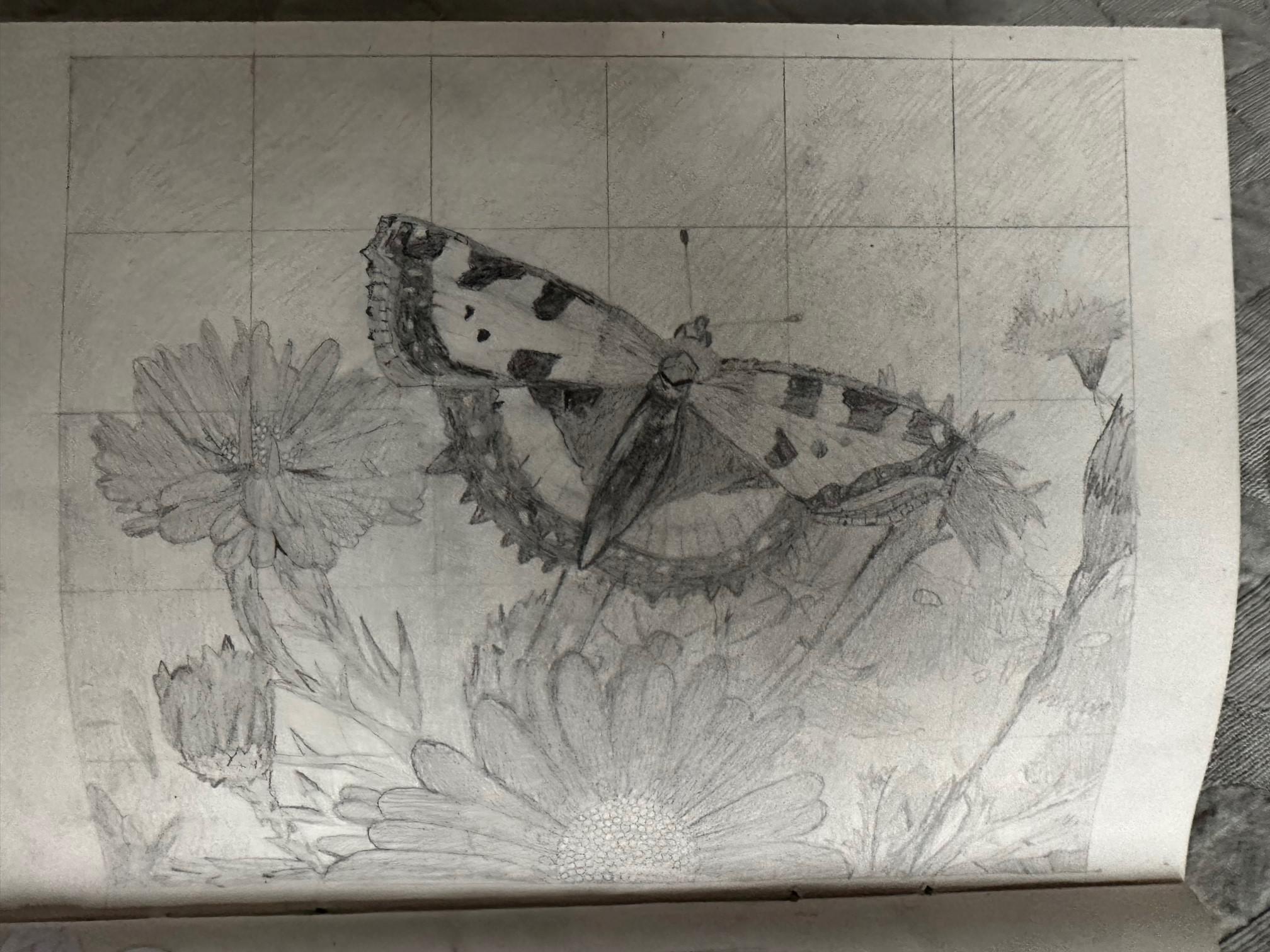
Tips for delivery and assessment: Silver Unit 2
BY: Nicola King
05 Sep 2023
In a previous blog we looked at tips for delivering and assessing Silver Unit 1. Here, we turn our attention to Unit 2, with our advice about what to be aware of when delivering Silver Unit 2.
Remember your most important tool when assessing, or delivering, Arts Award is your adviser toolkit, if you are unsure how to use your toolkit properly take a look at this back-to-basics blog.
Unit 2
Unit 2 Part A- Plan a leadership project
For Part A young people must first identify the skills and qualities of a leader and detail which leadership skills they wish to develop. They will then plan an arts project in which they can develop these skills. The leadership project must be arts focused with artistic aims and scope; so if your young person planned, for example, a charity fundraiser this would not be a suitable project unless there was a specific arts focus to the fundraiser.
Similarly, their leadership role must have an arts focus, this is particularly important if your young people are working in a group. Each young person must have a specific arts leadership role. For example, if you were putting on a play one young person could be responsible for directing, another for costume or make up etc, but if one of the young people was in charge of, say, catering this would clearly not be a role with an artistic focus and so would not be suitable.
All parts of Unit 2 are linked, so there may be evidence that overlaps different parts, and this will make your signposting and, if you are moderated, the evidence locator form key, remember a moderator has to be able to find evidence in order to be able to agree with your assessment.
Unit 2 Part B- Plan the practical issues
In this part young people will provide evidence of the planning of their project so you will be looking for timescales, risk assessments, how they plan to deliver and promote the project, how they will collect feedback, and their plans for how they will evaluate their ongoing leadership skills etc. If your young people are working in a group some of this evidence may be similar, but it should not be identical as each young person will have their own area of responsibility and so their timescales, resources, plans etc would be individual in line with their specific role. These may be highlighted within a larger group project plan.
A common issue we see is that the Unit 2 project is not big enough in scope or scale and it is important that you guide your young people when planning the project to ensure that their idea has the necessary depth and scope that will enable them to fulfil of the criteria. As a guide, the project should take the equivalent of approximately four months, spending one to two hours each week, delivering a single hour-long arts workshop is an example of a project unlikely to meet the assessment criteria for a Silver project.
Unit 2 Part C- Effective arts leadership
In this part young people should provide evidence of the delivery of the project and so the young people should provide evidence of, for example diary logs, recordings, annotated photographs, printed materials, details of meetings and discussions. There should also be ongoing reflection on where and how they are developing and applying their leadership skills during the delivery of the project.
Again, if working in a group your young people should not be producing identical evidence and where you find this you should ask your young people to provide further evidence or personalise the evidence provided.
Unit 2 Part D- Working effectively with others
In this part young people will provide evidence of how they worked with others during the project, how they overcame problems and evidence of an ongoing process of collecting feedback from others, and reflecting on how their project and leaderships skills are developing. Evidence could be in the form of emails, screenshots of group chats, post-it notes, diary entries or production meetings.
If your young person did not work as part of a group this does mean they didn’t work with others! In order to realise their project they will have to have worked with, or liaised with, other people in some capacity and you should expect to see evidence of this in their portfolio.
Unit 2 Part E Leadership project review
In the final part of Unit 2 the young people carry out a review of their whole project. This is not just a review of the end product, e.g. how the performance or exhibition went, but a reflection on the whole process and the development of their leadership skills. When assessing this review consider; has the young person reflected on how their project plan worked? Have they evaluated how they worked with others? Have they assessed the leadership skills they wanted to build? Have they reflected on the feedback they gathered?
Evidence Locator Form
If your centre is selected for moderation, we'll let you know which portfolios we wish to sample. You'll then need to follow our guidance on assembling these portfolios in a digital format, complete an ‘Evidence Locator Form’ for each young person, and submit the work using our portfolio submission platform. It’s crucial that your evidence locator form is as clear as possible as this is the moderator’s guide to young people’s work. If you’ve identified evidence then make sure that your evidence locator form states exactly where to find it! Use page numbers, slide numbers, and ensure that evidence is grouped and labelled so it is clear which section of the award it relates to. If there’s a video or audio recording then note the relevant time code. Put captions on photographs.
Always remember that moderators are looking at portfolios for the first time – they might not have the context needed to match evidence to a specific part, so make it easy for them!
Our portfolio building templates for Silver Unit 1 and Silver Unit 2 can help when gathering evidence, and our evidence checklists will take you through exactly what to look for in the young people’s portfolios.
Related posts
BY: Nicola King
BY: Nicola King
BY: Nicola King




Comments & Replies